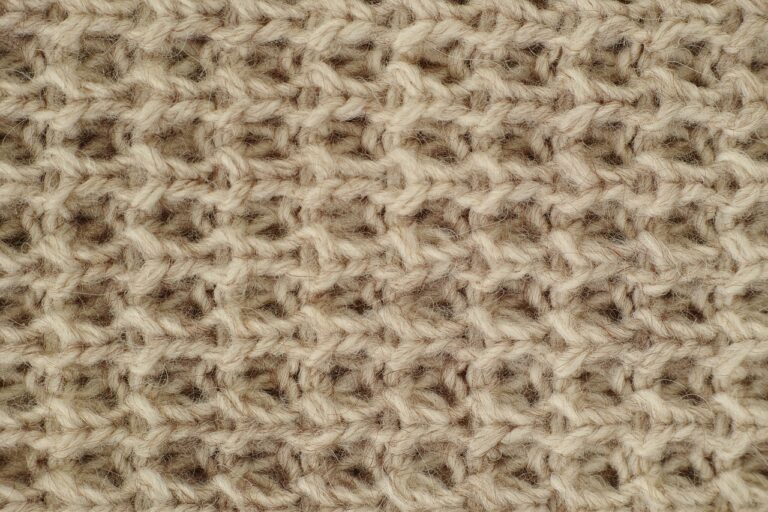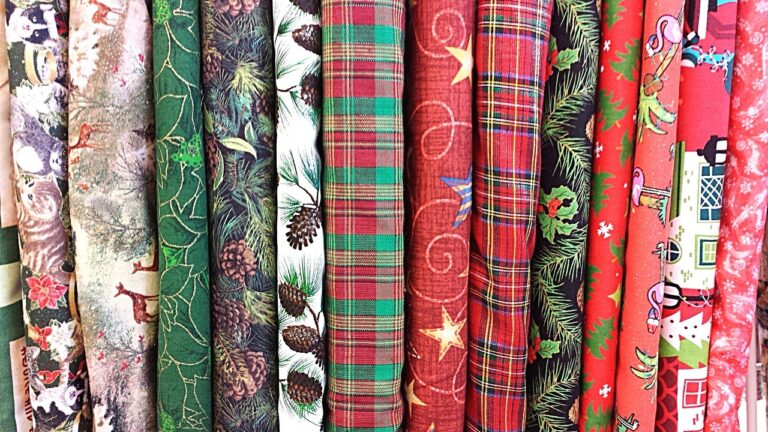Sustainable Fabrics: Eco-Friendly Alternatives to Traditional Textiles
Eco-friendly fabrics offer numerous advantages that make them a popular choice for consumers seeking sustainable options. These fabrics are made from renewable resources, reducing the strain on the environment caused by traditional fabric production processes. By choosing eco-friendly fabrics, individuals can contribute to minimizing their carbon footprint while supporting ethical and environmentally conscious practices in the textile industry.
In addition to being environmentally friendly, eco-friendly fabrics also tend to be safer for both the people wearing them and the workers involved in their production. These fabrics are often free from harmful chemicals and toxins commonly used in the conventional textile manufacturing process. Choosing eco-friendly fabrics can help individuals avoid exposure to potentially harmful substances, promoting better health and well-being for both themselves and those involved in the production chain.
Common Types of Sustainable Fabrics
Organic cotton is one of the most popular sustainable fabrics available today. It is grown without the use of harmful pesticides and chemicals, making it a more environmentally friendly option. Organic cotton is soft, breathable, and biodegradable, making it a great choice for clothing and bedding.
Another common sustainable fabric is hemp. Hemp is a versatile plant that requires minimal water and no pesticides to grow. It is a strong and durable fabric that can be used for a variety of purposes, from clothing to home textiles. Hemp is also biodegradable and naturally resistant to mold and UV rays, making it a great choice for eco-conscious consumers.
Advantages of Organic Cotton
Organic cotton is grown without the use of harmful pesticides and chemicals, making it safer for both the environment and those who work in the fields. By choosing organic cotton, consumers can help reduce the overall impact of conventional cotton farming on water resources and biodiversity. This sustainable farming practice promotes soil health and minimizes the risk of water pollution.
Furthermore, organic cotton is typically softer and more breathable than conventional cotton, making it a comfortable choice for clothing and bedding. With its hypoallergenic properties, organic cotton is less likely to cause skin irritations and allergies, making it an ideal option for those with sensitive skin. Additionally, organic cotton production supports ethical labor practices and empowers farmers to adopt more environmentally friendly farming methods.
• Organic cotton is grown without harmful pesticides and chemicals
• Reduces impact of conventional cotton farming on water resources and biodiversity
• Promotes soil health and minimizes risk of water pollution
• Organic cotton is softer and more breathable than conventional cotton
• Hypoallergenic properties make it ideal for those with sensitive skin
• Supports ethical labor practices and empowers farmers to adopt environmentally friendly methods
What makes organic cotton a sustainable fabric choice?
Organic cotton is grown using methods that have a lower impact on the environment compared to conventional cotton farming. This includes avoiding the use of synthetic pesticides and fertilizers.
How does organic cotton benefit the environment?
Organic cotton farming promotes healthier soil and water, reduces greenhouse gas emissions, and helps protect biodiversity by avoiding harmful chemicals.
Are there any health benefits to using organic cotton?
Yes, organic cotton is free from harmful chemicals that can irritate the skin and cause allergic reactions, making it a safer choice for those with sensitive skin.
How does organic cotton support fair labor practices?
Organic cotton is often produced by farmers who follow ethical labor practices, ensuring fair wages and safe working conditions for workers.
Is organic cotton more expensive than conventional cotton?
While organic cotton may be slightly more expensive due to the higher cost of production, the long-term benefits to the environment and health make it a worthwhile investment.







